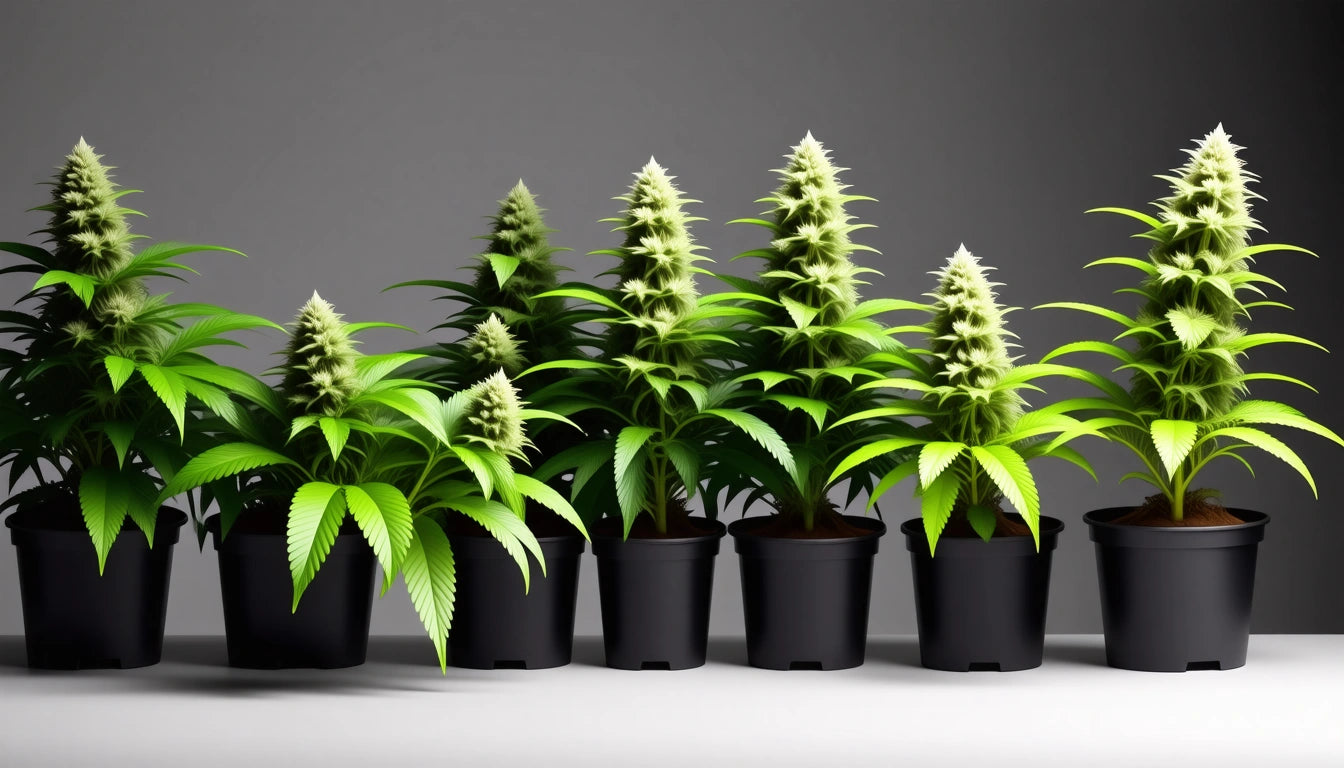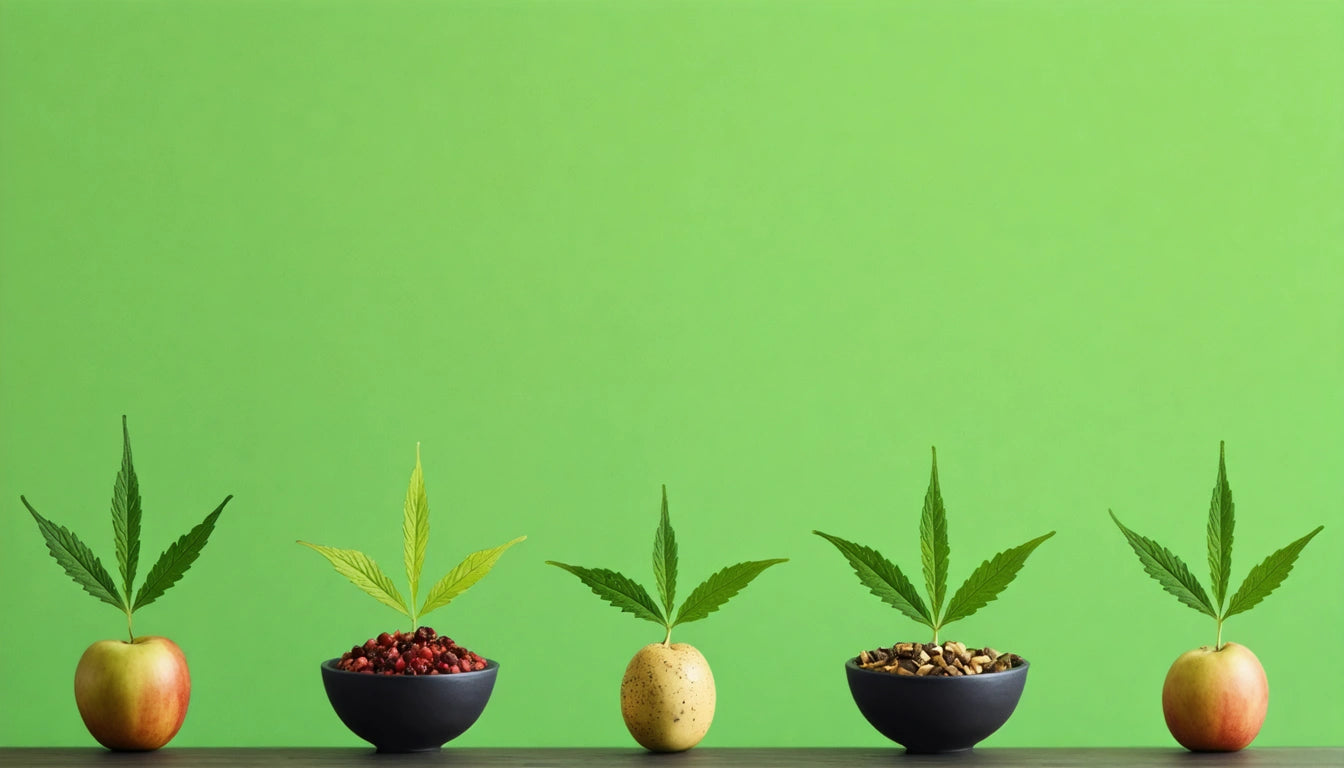Table of Contents
Identifying Hermaphrodite Cannabis Plants: What to Look For
Cannabis cultivation requires careful attention to plant sex, as hermaphrodite plants can significantly impact your harvest quality and quantity. Understanding what hermaphrodite cannabis plants look like is essential for maintaining a productive garden. These plants develop both male and female reproductive organs, potentially causing unwanted pollination and seeded buds if not identified early.
Understanding Cannabis Sex Expression
Cannabis is typically dioecious, meaning plants are either male or female. However, under certain conditions, plants can develop hermaphroditic traits. This sexual adaptation serves as a survival mechanism, allowing cannabis to self-pollinate when environmental conditions threaten reproduction.
According to expert guides on plant sex identification, cannabis typically reveals its sex during the pre-flowering stage, approximately 4-6 weeks into the vegetative phase. Hermaphroditism can appear at this time or develop later in response to stressors.
Visual Identification of Hermaphrodite Plants
What does a hermaphrodite cannabis plant look like? There are two primary indicators to watch for:
1. Pollen Sacs ("Bananas")
Hermaphrodite plants often develop elongated, yellow structures resembling bananas among the female flowers. These "nanners" are actually exposed male stamens that produce pollen without needing to open. They appear as:
- Bright yellow or lime-green protrusions
- Curved, banana-shaped structures
- Often emerging directly from calyxes
- Typically appearing without the traditional ball-shaped pollen sacs
2. Traditional Pollen Sacs
Some hermaphrodites develop more traditional male pollen sacs alongside female flowers. These look like:
- Small, round to oval structures
- Often clustered in groups
- Appearing on short stems or directly from nodes
- Initially closed before opening to release pollen
As detailed in comprehensive identification guides, these male structures often grow among the female flowers, sometimes hidden within the buds themselves, making detection challenging without careful inspection.
Common Causes of Hermaphroditism
Cannabis plants typically become hermaphrodites due to environmental stress factors or genetic predisposition:
Environmental Stressors
- Light leaks or interruptions during the dark period
- Temperature extremes or fluctuations
- Physical damage to the plant structure
- Nutrient deficiencies or toxicities
- Water stress (both under and overwatering)
- Extended flowering periods beyond optimal harvest time
Genetic Factors
Some cannabis strains have a higher tendency toward hermaphroditism. This trait is often more common in:
- Sativa-dominant varieties
- Strains with Thai or Colombian genetics
- Plants from unstable or poorly tested seed stock
- Certain feminized seeds created through chemical stress methods
Management and Prevention Strategies
When you discover what appears to be a hermaphrodite plant, prompt action is necessary:
Immediate Actions
- Isolate the suspected plant to prevent pollen spread
- Carefully remove any visible male structures with sterilized tweezers
- Monitor daily for new male flower development
- Consider harvesting early if hermaphroditism is extensive
Prevention Techniques
Cultivators who properly store their harvested cannabis in quality packaging understand that prevention starts long before the curing process. To minimize hermaphrodite development:
- Choose genetics from reputable breeders with stable hermaphrodite resistance
- Maintain consistent light schedules without interruptions
- Keep growing environments within optimal temperature and humidity ranges
- Avoid physical stress to plants during all growth phases
- Harvest at the appropriate time rather than extending flowering unnecessarily
Hermaphrodite vs. Male vs. Female Plants
Understanding the differences between plant sexes helps with accurate identification:
Female Plants
As documented in female identification guides, pure female plants display:
- White hair-like pistils emerging from bracts
- Pistils typically appear in pairs
- No pollen sacs or stamens present
- Calyxes that swell as flowering progresses
Male Plants
According to visual guides for male identification, pure males show:
- Pollen sacs clustered in groups
- No pistils or female reproductive structures
- Generally taller, less bushy growth pattern
- Earlier sex expression than females
Hermaphrodites
What does a hermaphrodite weed plant look like compared to single-sex plants? Hermaphrodites uniquely display:
- Both pistils and pollen structures on the same plant
- Sometimes segregated male and female flowers on different branches
- Occasionally, individual flowers containing both male and female parts
- In some cases, normal appearance until late in flowering when stress triggers hermaphroditism
For visual reference, comprehensive plant identification resources can help cultivators distinguish between different plant expressions.
Protecting Your Cannabis Garden
Early detection of hermaphrodite plants is crucial for preserving the quality of your harvest. Regular inspection should become part of your cultivation routine, especially during the pre-flowering and early flowering stages when sex expression becomes visible.
For commercial growers, hermaphrodite detection is particularly important, as a single undetected plant can pollinate an entire grow room, significantly reducing the value of the harvest. Understanding what hermaphrodite cannabis plants look like provides the knowledge needed to maintain a productive, seed-free garden.
By combining careful strain selection, optimal environmental control, and regular plant inspection, cultivators can minimize the risk of hermaphroditism and ensure the highest quality harvest possible.











Leave a comment
All comments are moderated before being published.
This site is protected by hCaptcha and the hCaptcha Privacy Policy and Terms of Service apply.